A Comprehensive Guide to Optimizing Space through Ideal Closet Dimensions
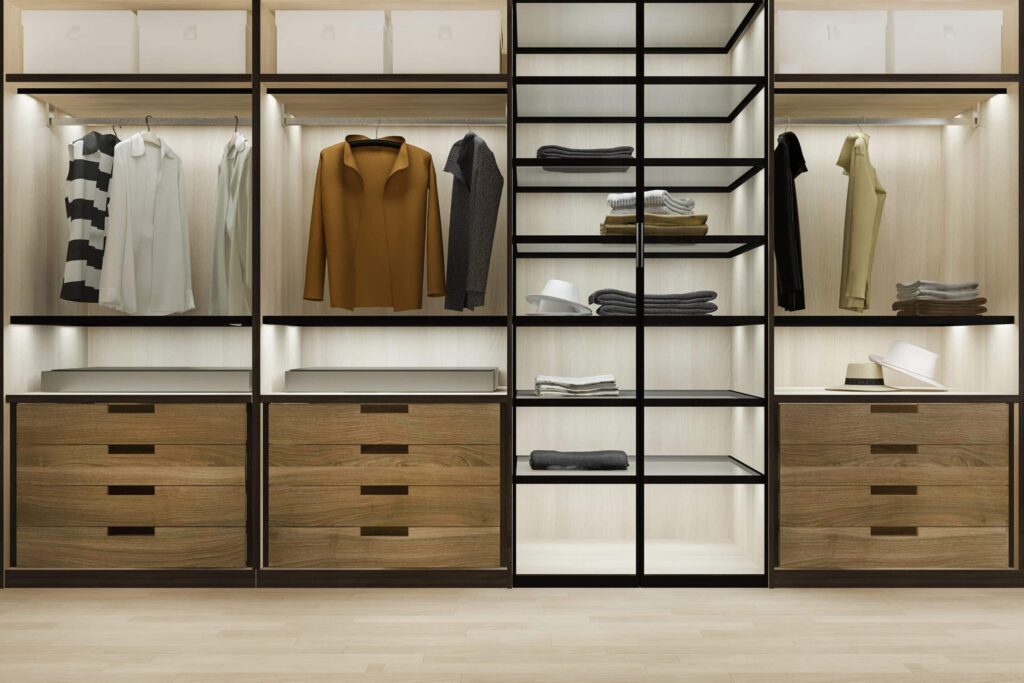
This post was originally published on this site
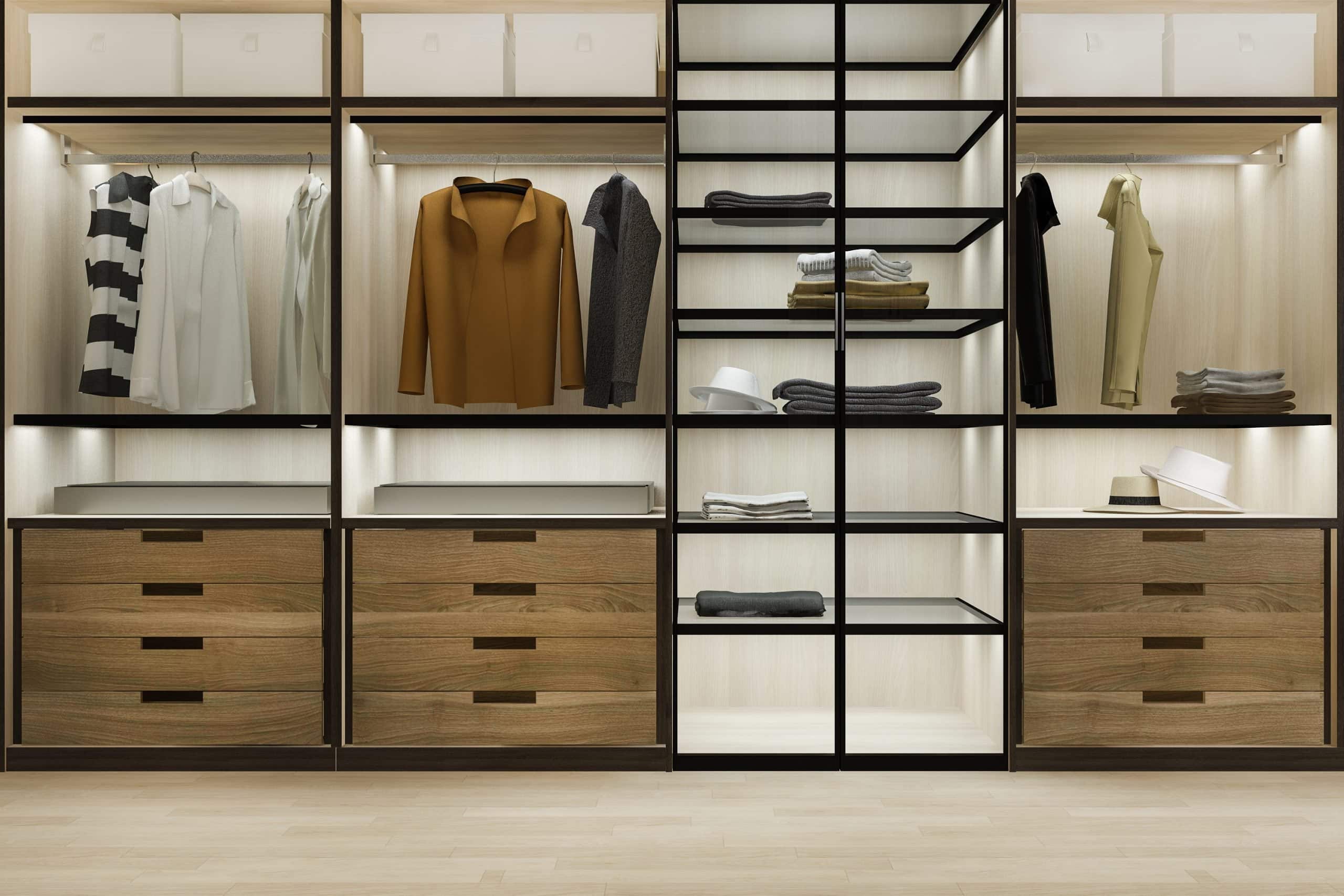
Thinking of transforming your spare room into a custom closet, or you may just want to revamp your existing closet, let us provide you with the knowledge on how to design your closet with the right closet dimensions that will perfectly suit your storage needs. A well-organized closet requires closet dimension standards for shelving, hanger rod height, and drawer measurement. However, measuring is only the beginning of closet customization. Designing a closet requires careful planning and consideration. This article will help you incorporate functional design elements into your dream custom closet. Our closet dimension guide will help you optimize every inch of your storage space.
Key Considerations for Closet Dimensions
Each type of closet serves a different purpose in which the size and style will depend mostly on your lifestyle, the things that you will store in your closet, and the different functions it serves.
A walk-in closet is the type of closet that is usually connected to the master suite. This type of closet can be a few square feet in area or as huge as a bedroom. A small walk-in closet has a typical dimension of 4ft x 8ft x 4ft which can allow a single-sided closet space similar to a reach-in closet. You can use a dual hanging method for a small walk-in closet wardrobe and you can also add hanging storage on two adjacent walls. Medium walk-in closets usually require 7ft x 9ft x 6ft up to 12ft wide closet dimensions. This area will allow you to have separate hanging spaces and storage units that can occupy the two adjacent walls great for his and her closet space, leaving a clear pathway through the middle. Lastly, the large walk-in closet starts at 12ft x 14ft x 7ft and can go as large as 17ft deep. Large walk-in closets will allow you to go beyond basic garment storage since the space can have a custom closet island with a set of multiple drawers for jewelry and a display area. It has enough storage space for apparel, bags, shoes, and other clothing items.
Reach-in closets are the most common type of closet that features a clothing rod and shelves that best fit a depth of not more than 15 to 20 inches. Usually measures 6ft x 8ft x 24 inches with a door opening of 80 inches to ensure easy access and will give you a full view of your closet contents. Incorporating adjustable shelves, built-in drawers, and accessory trays is a great way to optimize closet space by combining various storage options, especially in a tight bedroom space.
When designing closet dimensions, it is important to consider the amount of hanging space available for clothes and where to place it with the overall layout and the capacity of the closet. Essentially, installing hanging rods at different heights will allow you to maximize the vertical space of your closet. A minimum width of 24 inches and a depth of 12 inches is required for hanging clothes. You also have to bear in mind the allocation of drawers for folded clothes which typically have a depth of around 14 to 16 inches. However, built-in drawers require a depth typically around 18 to 24 inches for clothing; and can go as deep up to 27 inches. To ensure that everything fits perfectly, a minimum of at least 16 inches in depth for shelves is required to provide enough storage space for folded clothes and other storage needs.
Understanding Closet Dimensions
The closet dimensions guide is about having a space that is perfectly designed for your needs. A well-designed closet allows you to maximize the space. The first step you need is to make a list of what clothing you have. Once you have your inventory, take note of what type and size of storage spaces you need. Understanding your closet dimensions will allow you to reach all of your clothing with ease. A well designed closet consists of open shelves that are placed at waist height and drawers can be placed underneath the shelves for easy access. Clothing and accessories for everyday use should be in the top drawer and less worn items can be placed in the lower drawers. Shoes are best stored on mid-height shelves or pullout shelves. The standard depth of closet cabinets is between 14 to 24 inches while custom closets are commonly designed to be 6 to 8 feet wide with a depth measuring 24 to 36 inches and are usually 84 inches in height to provide enough hanging space for clothes. For folded clothes, the ideal depth should be between 12 to 14 inches. If you are storing larger items, baskets, or bins, typically depth should be around 16 to 20 inches. However, a 24-inch depth will accommodate different types of clothing and storage needs and allow you to hang clothes with enough clearance from the closet’s back panel. In conclusion, the right layout and understanding of the closet dimension guide will give you an advantage in maximizing your storage space as well as provide plenty of functionality. Knowing the exact custom cabinet dimensions will make all the difference in terms of optimizing storage to suit your specific needs. It allows you to create a closet that is functional and visually appealing. The depth of a closet can affect the functionality and organization of the space. Typically, closets are designed to be 24 inches deep. Should the bedroom have limited floor space, closet depth can be a minimum of 18 inches while a deeper closet with 30 inches or more is suitable for maximizing storage capacity.
When it comes to closet dimensions, these can vary due to the availability of space, design layout, and the desired storage needs of the homeowners, that is why every inch of space counts. Taking into consideration all closet dimensions helps provide a balance between maximizing storage potential while ensuring its functionality, efficient organization, and guaranteeing easy access to items. We hope that this article has helped you assess the importance of understanding the closet dimensions guide so you can make the best decision for your next closet project.
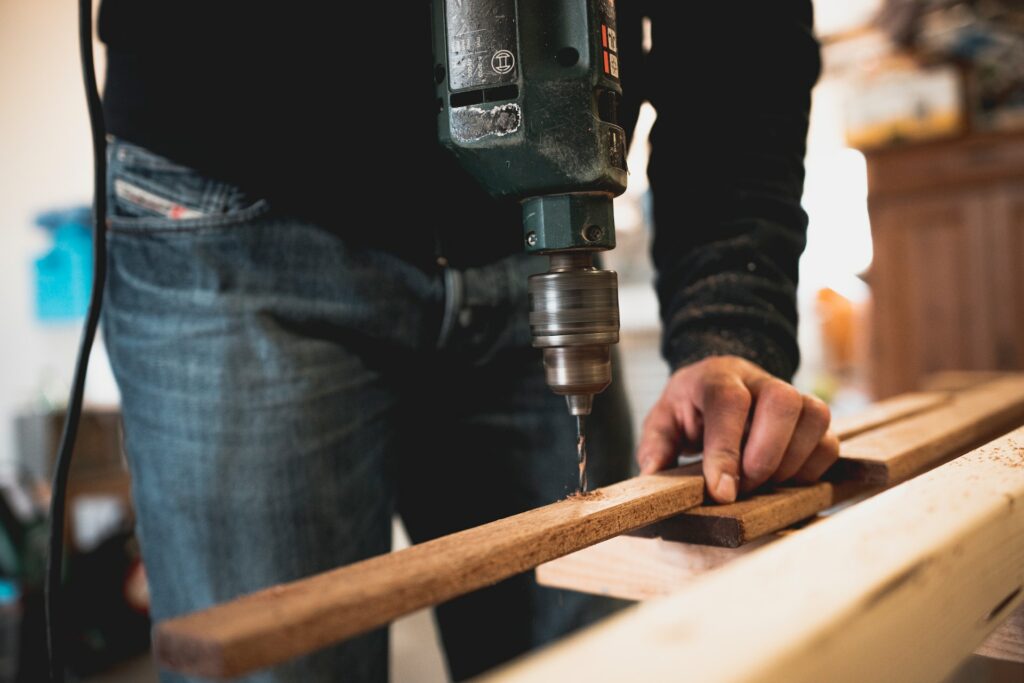


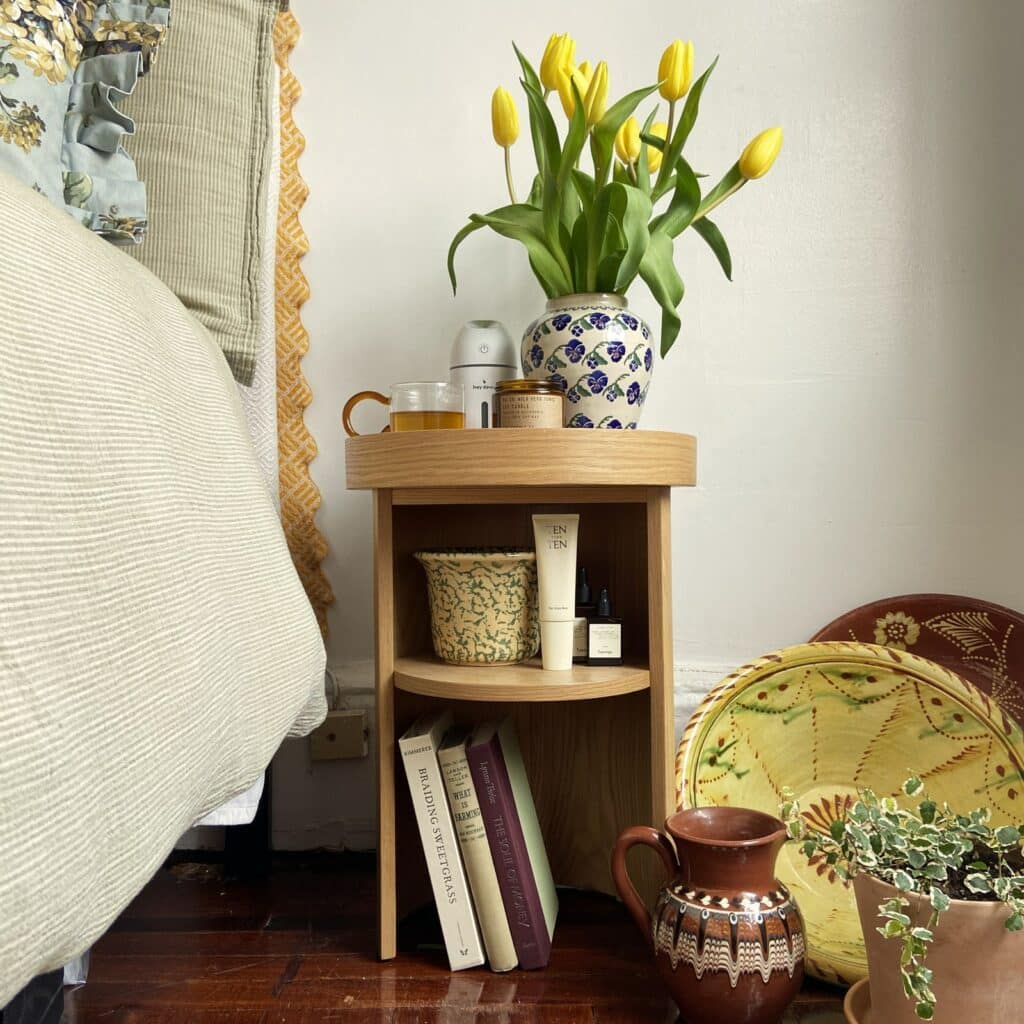
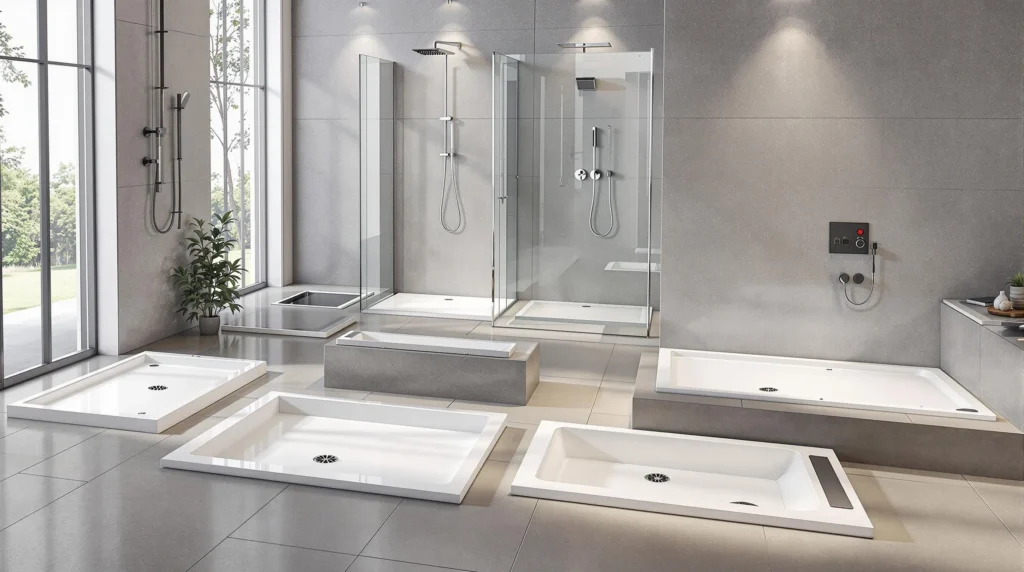
Responses